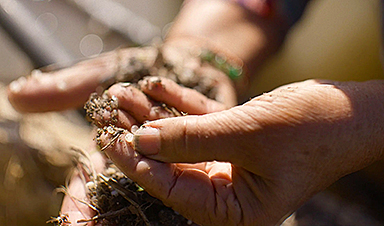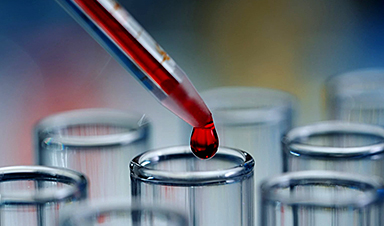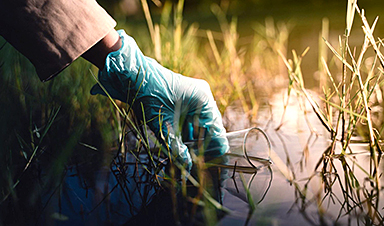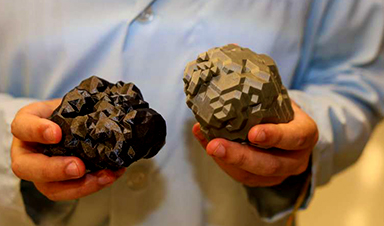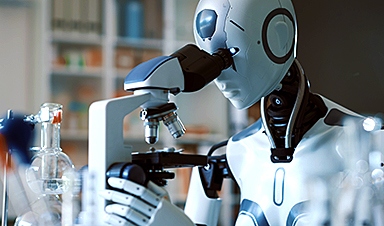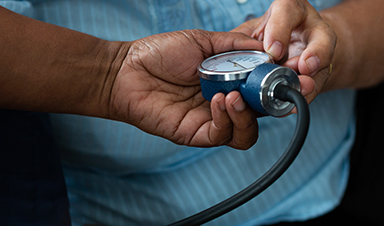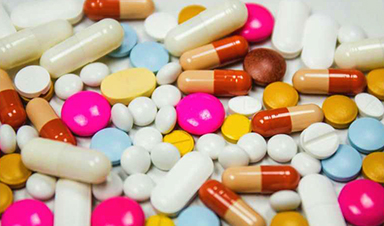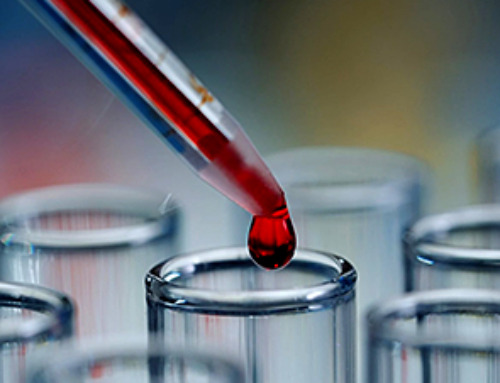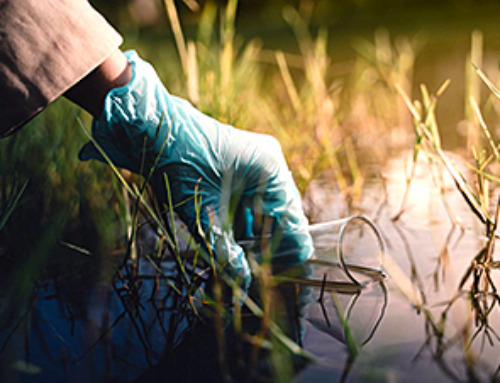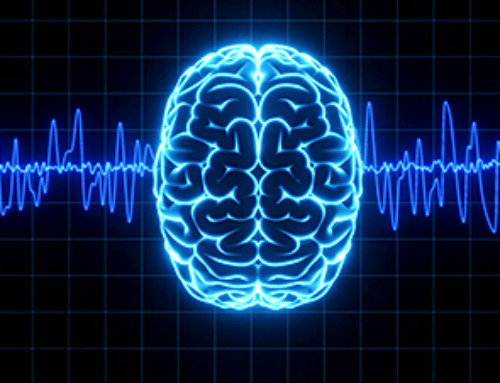It’s been more than five decades since Dustin Hoffman’s character in “The Graduate” was offered a kernel of wisdom about the path to prosperity.
“Plastics,” he’s told by Mr. McGuire, the starched corporate executive who offers the advice. “There’s a great future in plastics.”
Plastics have indeed been a game changer for humanity, and the enormous range of cheap, durable plastic goods, from food containers and PVC pipes to polyester clothing and single-use medical products, have inarguably improved life.
The problem, as nearly everyone knows, is that plastics are forever and very little of it has been recycled. The U.N. has estimated that most of the 400 million metric tons churned out annually — a doubling of production since 2000 — will remain on Earth in some form as they are broken down into teeny specks by sunlight, wind and the sea.
Roughly 20 years ago, Richard Thompson, a marine biologist, first discovered a worrisome accumulation of small plastic particles in ocean habitats and coined the word “microplastics.” Since then, scientists have been finding these fragments everywhere, from remote mountain peaks and the Arctic to the ocean seafloor.
In the decade that followed, scientists began to discover microplastics embedded in a wide range of living creatures, including in the seafood we eat. More recently, microplastics have been found inside the human body: in our lungs, our blood, our feces and in breast milk.
In 2021, Italian researchers for the first time identified microplastics in human placenta.
The question, scientists have been asking with increasing urgency, is whether these synthetic, foreign bodies pose a threat to human health.
“We know microplastics are everywhere, we know they are harmful to marine life and to our fisheries, but the research side of how they impact humans is still catching up,” said Imari Walker-Franklin, an environmental engineer and chemistry researcher at RTI International who studies microplastics.
“Plastic People,” a new documentary directed by Ben Addelman and Ziya Tong, surveys the emerging science on microplastics and arrives at a troubling conclusion: The potential health risks associated with plastic pollution are becoming hard to ignore.
The film, which debuts Saturday at the SXSW Film Festival in Austin, Texas, follows the work of microplastic researchers in a half-dozen countries, including a pair of Turkish scientists who said they recently discovered microplastics inside the human brain. Some of the particles were found deep inside the tissue of cancerous brain tumors.
“The revelation that the human body is full of microplastics is a recent one and I think the implications will become one of the most dominant health and environmental stories of our time,” said Rick Smith, president of the Canadian Climate Institute and one of the film’s executive producers. “It doesn’t matter if you’re rich or poor, there’s no sheltering yourself from this kind of new pollution.”
Microplastics, fragments less than five millimeters in size that can usually be seen by the naked eye, are not to be confused with nanoplastics, which are smaller than a speck of dust and are often the inadvertent byproduct of plastic production. Research on the potential health effects of nanoplastics is still in its infancy, at least compared with the studies on microplastics, a field that has been rapidly expanding over the past few years.
Scientific evidence of the effects of microplastics on humans is limited, at least in peer-reviewed literature. A study in the journal Environmental Science & Technology in 2022 found that patients with inflammatory bowel disease had a significantly higher amount of microplastics in their feces than those without the disease. A small University of Hawaii study published last November cataloged the growing presence of microplastics in the placentas of new mothers.
And a paper published on Thursday in the New England Journal of Medicine reported that people who had microplastics in their cardiovascular systems were at heightened risk for complications from heart attacks and strokes.
The researchers found that microplastics had become embedded in the fatty plaque that clings to the walls of blood vessels, and that patients with plastic-infused plaque were 4.5 times as likely to experience a heart attack, stroke or death compared with those whose plaque was free of microplastics. The study included 312 people who had undergone surgery to remove plaque from the carotid artery in the neck. Researchers followed them for nearly three years.
Dr. Giuseppe Paolisso, an author of the study, said it appeared that microplastics, along with nanoplastics, made those fatty blobs of plaque more frail, increasing the risk that they could dislodge from the artery wall, block the flow of blood in a smaller vessel and prompt a heart attack or stroke.
“This is the first evidence that microplastic pollution in the blood is related to a disease,” said Dr. Paolisso, a professor of internal medicine at the University of Campania Luigi Vanvitelli in Caserta, Italy. More research is needed to confirm the findings, he added.
There are a number of theories about how microplastics affect the body. They include the potential for inflammation caused by a foreign body that lodges in human tissue and the toxic compounds that make up many plastics, many of which are known to harm human health.
Nienke Vrisekoop, a microplastics researcher at the University Medical Center Utrecht in the Netherlands, said she found that immune cells that come in contact with microplastics die three times as quickly than those that do not. She said that the polystyrene commonly used to produce packing materials was especially toxic to the immune cells that consumed them.
Research conducted by another Dutch researcher, Barbro Melgert, found that microplastics inhibited the development of lung structures grown in her lab. Professor Melgert, a respiratory immunologist at the University of Groningen, said nylon seemed to be most damaging to the lung structures. Polyvinyl chloride, or PVC, she discovered, was the least toxic of the plastics she tested.
Professor Melgert is still trying to understand how microplastics affect living cells, but she suspects that the damage may be related to any number of chemicals that can leach from plastics into the human body.
Although she knows the results of the study do not definitively prove harm to humans, nor do they quantify the risks, previous research on nylon factory workers showed extensive lung damage among those exposed to large amounts of nylon particles.
Foreign particulate matter like asbestos, coal dust or cigarette smoke often proves problematic to human health, she noted. “If the particulate is organic and digestible, at least your body can break it down eventually and get rid of it,” Professor Melgert said. “Plastic is different. It can just stay in the lung.”
Image

Credit…Sedat Gündoğdu
The same can most likely be said for microplastics that find their way into the brain. The discovery, arguably the new film’s most significant revelation, was made by two Turkish researchers, Sedat Gündoğdu, a biologist, and Emrah Çeltikçi, a neurosurgeon.
Dr. Gündoğdu, a researcher at Cukurova University, has been studying microplastic pollution since 2016. Over the years, he has collaborated on scores of peer-reviewed studies documenting microplastics in fisheries, soil, table salt and intravenous fluid bags, and his alarm has grown with each new discovery.
It was only a matter of time, he said, before researchers would discover microplastics in the human brain. “It’s scary but not surprising,” he said.
Despite the sense of urgency and doom conveyed by “Plastic People,” Ms. Tong, the co-director and a former host of the Discovery Channel science show “Daily Planet,” hopes the film can inspire change, the way “Silent Spring,” the 1962 book that documented the dangers of agricultural pesticides and helped lead to a ban on DDT, did.
On an individual level, that means encouraging consumers to reduce their reliance on single-use plastics, which make up 40 percent of global plastics production, she said.
But that also means persuading political leaders to take regulatory action. At the moment, Ms. Tong has her eye on a U.N. gathering next month in Ottawa, where delegates from 175 countries will resume negotiations on a treaty proposal that would curb the explosive growth of plastic pollution. The talks have been snagged by industry opposition at times.
“It’s not like we need some remarkable new invention to address the problem,” Ms. Tong said. “We just have to use less plastic.”
News
Advancements and clinical translation of intelligent nanodrugs for breast cancer treatment
A comprehensive review in "Biofunct. Mater." meticulously details the most recent advancements and clinical translation of intelligent nanodrugs for breast cancer treatment. This paper presents an exhaustive overview of subtype-specific nanostrategies, the clinical benefits [...]
It’s Not “All in Your Head”: Scientists Develop Revolutionary Blood Test for Chronic Fatigue Syndrome
A 96% accurate blood test for ME/CFS could transform diagnosis and pave the way for future long COVID detection. Researchers from the University of East Anglia and Oxford Biodynamics have created a highly accurate [...]
How Far Can the Body Go? Scientists Find the Ultimate Limit of Human Endurance
Even the most elite endurance athletes can’t outrun biology. A new study finds that humans hit a metabolic ceiling at about 2.5 times their resting energy burn. When ultra-runners take on races that last [...]
World’s Rivers “Overdosing” on Human Antibiotics, Study Finds
Researchers estimate that approximately 8,500 tons of antibiotics enter river systems each year after passing through the human body and wastewater treatment processes. Rivers spanning millions of kilometers across the globe are contaminated with [...]
Yale Scientists Solve a Century-Old Brain Wave Mystery
Yale scientists traced gamma brain waves to thalamus-cortex interactions. The discovery could reveal how brain rhythms shape perception and disease. For more than a century, scientists have observed rhythmic waves of synchronized neuronal activity [...]
Can introducing peanuts early prevent allergies? Real-world data confirms it helps
New evidence from a large U.S. primary care network shows that early peanut introduction, endorsed in 2015 and 2017 guidelines, was followed by a marked decline in clinician-diagnosed peanut and overall food allergies among [...]
Nanoparticle blueprints reveal path to smarter medicines
Lipid nanoparticles (LNPs) are the delivery vehicles of modern medicine, carrying cancer drugs, gene therapies and vaccines into cells. Until recently, many scientists assumed that all LNPs followed more or less the same blueprint, [...]
How nanomedicine and AI are teaming up to tackle neurodegenerative diseases
When I first realized the scale of the challenge posed by neurodegenerative diseases, such as Alzheimer's, Parkinson's disease and amyotrophic lateral sclerosis (ALS), I felt simultaneously humbled and motivated. These disorders are not caused [...]
Self-Organizing Light Could Transform Computing and Communications
USC engineers have demonstrated a new kind of optical device that lets light organize its own route using the principles of thermodynamics. Instead of relying on switches or digital control, the light finds its own [...]
Groundbreaking New Way of Measuring Blood Pressure Could Save Thousands of Lives
A new method that improves the accuracy of interpreting blood pressure measurements taken at the ankle could be vital for individuals who are unable to have their blood pressure measured on the arm. A newly developed [...]
Scientist tackles key roadblock for AI in drug discovery
The drug development pipeline is a costly and lengthy process. Identifying high-quality "hit" compounds—those with high potency, selectivity, and favorable metabolic properties—at the earliest stages is important for reducing cost and accelerating the path [...]
Nanoplastics with environmental coatings can sneak past the skin’s defenses
Plastic is ubiquitous in the modern world, and it's notorious for taking a long time to completely break down in the environment - if it ever does. But even without breaking down completely, plastic [...]
Chernobyl scientists discover black fungus feeding on deadly radiation
It looks pretty sinister, but it might actually be incredibly helpful When reactor number four in Chernobyl exploded, it triggered the worst nuclear disaster in history, one which the surrounding area still has not [...]
Long COVID Is Taking A Silent Toll On Mental Health, Here’s What Experts Say
Months after recovering from COVID-19, many people continue to feel unwell. They speak of exhaustion that doesn’t fade, difficulty breathing, or an unsettling mental haze. What’s becoming increasingly clear is that recovery from the [...]
Study Delivers Cancer Drugs Directly to the Tumor Nucleus
A new peptide-based nanotube treatment sneaks chemo into drug-resistant cancer cells, providing a unique workaround to one of oncology’s toughest hurdles. CiQUS researchers have developed a novel molecular strategy that allows a chemotherapy drug to [...]
Scientists Begin $14.2 Million Project To Decode the Body’s “Hidden Sixth Sense”
An NIH-supported initiative seeks to unravel how the nervous system tracks and regulates the body’s internal organs. How does your brain recognize when it’s time to take a breath, when your blood pressure has [...]
